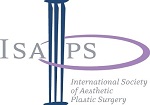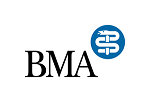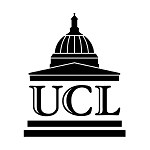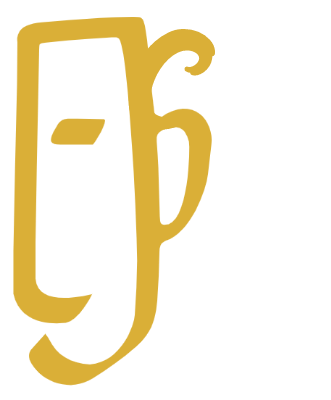Dr Ali Soueid
Senior Consultant Plastic, Reconstructive & Aesthetic Surgeon
Aesthetics You Trust
Transform with Confidence: Natural. Elegant Results
OUR TREATMENTS
COSMETIC PROCEDURES
MEDICAL PROCEDURES
INJECTABLES
MEDISPA
Welcome to Dr Soueid's Practices
Dr Ali Soueid is an internationally trained Senior Consultant Plastic Surgeon
Practicing in London, Doha Qatar, Dubai & Beirut, he is known for his precision, artistry and natural results and provides bespoke surgical treatments and care in safety, trust and aesthetic harmony.
Why Trust Dr Ali Soueid with Your Care?
Award Winning Practices
Dr Soueid has been awarded “The Best Plastic Surgeon in Qatar” medal and twice been awarded the Hackett Prize from the British Association of Aesthetic Plastic Surgeons in London.
Consultant Expertise
UK Trained & Internationally recognised Plastic Surgeon
Natural Aesthetics
Our phylosophy is to provide tailored results that you love
Wolrd Class
Our facilities are chosen to provide the care you deserve
Steps Towards Achieving Your Goals
In Three Easy Steps
Contact Us
Contact us via the online form or a call to one of our clinics in London, Doha Qatar, Dubai or Beirut, to arrange your face-to-face consultation.
Consultation
During your consultation, Dr Soueid will listen to your needs, do an examination and recommend a treatment plan tailored to you. Our team will discuss the finances.
Treatment
Whenever you are ready to take the next step, reassured we will take the upmost care of you during the treatment and afterwards in the recovery period.
Associations


















Our Values
Aesthetics You Trust
Trust
Aesthetics You Trust is our motto. We will treat you with respect always and provide you with the best care we can.
Do No Harm
The first rule of medical ethics is to never knowingly do something to a patient that could harm them.
Evidence Based
We only offer treatments that are backed by evidence and based on our experience. We do not follow trends.
Be Your Best
We continuously educate ourselves, attend conferences and courses to stay up to date and use the best products.
Our Clinic
Locations
Featured In








